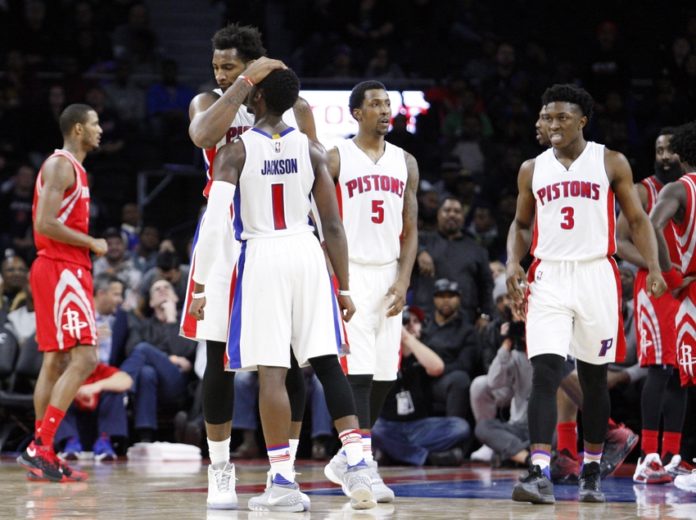Is VR the new “making the cut” for professional sports? The Detroit Pistons have reportedly had some new NBA players tested in VR as part of their assessment. Do they know something that other teams don’t? Is VR the next component in a Moneyball success story in basketball? We’ll take a shot at answering these exciting questions.
VR Tryouts
Major sports leagues have been experimenting with VR broadcasting for some time now, and we know that Strivr has had a significant impact in the development of young talent. It appears more teams are becoming open about their experimentation with VR, and how it plays into their drafting and coaching strategies. The NFL was quick to adopt this technology, with roughly 7 teams using it today. Although the NBA may be using it to train officials, it has yet to widely adopt this technology for players.

The Detroit Pistons put several players into a VR headset as part of their evaluation process. The short scenario ran them through prospective plays and evaluated their decision-making skills. Devonte Graham Syracuse’s Tyus Battle, SMU’s Shake Milton, Penn State’s Tony Carr, Arizona’s Rawle Alkins and Saginaw native Brian Bowen all spent time in the headset.
Carr said. “They definitely did some interesting virtual-reality testing things just to kind of figure out your decision making and things like that (with) the 3D glasses.
VR was a relatively new experience for some players, although Carr and others admitted they’d seen their little brothers or younger family members use VR before. The first-timers also experienced some issues adapting. It’s not quite like being on the court, but it feels real enough.
Players are also being asked to know more about what’s happening on the court. Play angles may not come from the player’s position or expected perspective. Today’s professional has to demonstrate high game IQ, understanding where the play moves and why.
Implications
For VR enthusiasts, especially those in fitness and sports, this is a pretty big deal. Professional sports teams utilizing VR are learning how to quantify some aspects of decision making. Adoption at the professional level reinforces the mental benefits of VR, especially in testing players and improving confidence.
It’s also a cost-effective approach to training. Teams can develop an eye for prospective talent after inviting them to train at their facility. On draft day, where every second counts, teams have more data to compare and make difficult choices between two players. Detroit has a second-round draft pick this year. VR will help save energy for game night as well, reducing the number of repeated reps a player has to do in practice. The mental game can already sharpen acuity and improve statistics.
Teams also want to know more than how a player performs. Professional sports is no longer about sheer athleticism; one must display careful thought and translate knowledge into action effectively. VR offers coaches and management the ability to test a player by throwing complicated plays and scenarios at them. Throughout the season, coaches can zero in on specific scenarios that stump their star players. Improvements, such as eye tracking, allow greater insight into how star players engage with the game.
Final Thoughts
VR gives management hard data on prospective players. With millions in negotiations on the line, they can make the best possible decision on where and how to spend a team’s budget. Although there is a learning curve to the system, the Pistons are counting on any methodology they can use to improve team performance.
Combined with the league’s experimentation with big data, the NBA is making a bigger technology leap. Tomorrow’s player will truly live the game with technology like STRIVR.


